In particular, the weaving profession has helped many ethnic minority women in the highlands escape poverty, providing a stable source of income.
Ms. Le Thi Them, former Head of the Department of Culture - Science and Information of the old A Luoi district, said that weaving Deng is a unique type of handicraft production of the Ta Oi, Pa Co, and Van Kieu ethnic groups in the highland communes of A Luoi, Hue City. Each Deng weaving product has multi-faceted value, both as an item to ensure daily needs and as a work of art, expressing unique characteristics in the cultural treasure of ethnic groups.
According to Mrs. Them, the raw materials to create this product are cotton plants grown by the people on the fields, through many stages such as drying, separating the cotton, picking the cotton, rolling, rolling, spinning, spreading, and spinning into thread. Once the thread is ready, the worker will dye it with leaves, bark, tubers, and roots of trees harvested from the mountains and forests. Then dry it before weaving. When the weaving is finished, the woman skillfully adds beads, wild fruits, etc. to the fabric to create patterns that are both beautiful and contain symbols of community life.
The decorative patterns of the Ta Oi people are divided into 3 themes (animals, plants; nature and objects) mainly created from beads attached to the surface of the screen. This is the difference between the traditional brocade of the Ta Oi people (A Luoi) and brocade products in other areas.
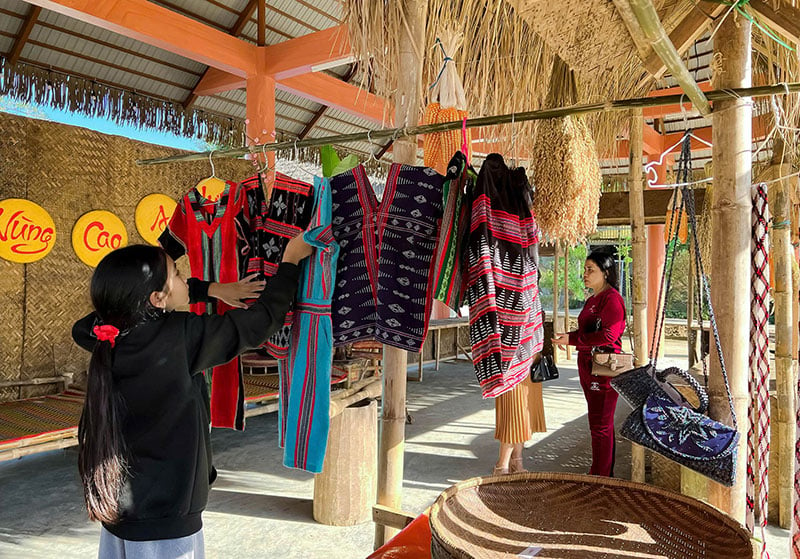
Tà Oi women's products serve tourists at A Luoi community tourism village.
According to the village elders, for hundreds of years, the Ta Oi people and ethnic minorities in the old A Luoi district have continued to preserve and conserve the traditional weaving of their ancestors. Initially, the weaving of the cloth was only passed down within the Ta Oi ethnic community. At that time, on days when the farming season was over, on rainy, idle days, Ta Oi women would work hard at their looms to weave cloth as dowries for their daughters, wedding gifts or for family members to wear on important festivals of the people...
At the end of 2016, the weaving of the old A Luoi district was included in the list of national intangible cultural heritage by the Ministry of Culture, Sports and Tourism. In particular, "A Luoi Deng" was granted a collective trademark certificate by the Department of Intellectual Property ( Ministry of Science and Technology ) since 2019 to create favorable conditions for the traditional craft to promote its value, bringing a sustainable source of income for the Ta Oi people living in the Truong Son range in Hue city.
Many women participating in the weaving craft at cooperatives are known to have an average income per capita of 50-60 million VND/person/year. “Although the production value in craft villages and establishments is not high, it has solved a large number of idle agricultural laborers and seasonal laborers in the locality. At the same time, it has stabilized order in the border area, contributed to the socio-economic development and contributed to the effective implementation of national target programs on new rural construction and poverty reduction,” said Ms. Them. Currently, the authorities of A Luoi communes have organized a community tourism model to experience the weaving craft of the Ta Oi ethnic group, contributing to connecting tourists to learn about and consume traditional products of local people.
Currently, in the communes from A Luoi 1 to A Luoi 5, there are 7 traditional weaving establishments with about 400 regular workers. Cooperatives and weaving groups are concentrated in the border area with Laos. Artisan Mai Thi Hop - who has been involved in weaving for the past 50 years and is one of the bold pioneers in preserving and developing the traditional weaving of the nation, said that nearly 20 years ago, she established a weaving group, which was later changed to AzaKooh Green Brocade Cooperative in A Luoi 2 commune. From a few initial members, this cooperative now has more than 100 participants, who are women in the area and neighboring communes, contributing to creating additional income for families in addition to the work of raising livestock, growing crops, etc.
The products of ethnic minority women in the highlands are not only consumed in many localities in the country but also widely introduced to the public and domestic and foreign tourists through festivals, fairs and exhibitions. In particular, during the Hue Traditional Craft Village Festival, A Luoi brocade fabric is presented on the fashion stage through the collections of fashion designers. Currently, the weaving of the fabric has reached far when it is introduced by fashion designers in Japan, France, etc. In addition to the fabric of the fabric, this brocade fabric is also created into souvenirs such as handbags, wallets, scarves, shoes, ao dai, skirts, etc. to suit the needs of the market, especially tourists.
In addition, weaving is also a research topic suggested by many art schools for students to study and research. In many times of coming to weaving, groups of fashion students from Van Lang University (Ho Chi Minh City) and some other universities were attracted by the traditional beauty of the Ta Oi people on the majestic Truong Son mountain range.
In addition to collecting related materials, students cherish the creation of new products based on materials, patterns... from weaving, and from there promote this unique culture to friends at home and abroad. Furthermore, young people want to preserve, conserve and promote the traditional values of the Ta Oi people as a living museum of the garment industry with diversity and its own mark.
Source: https://cand.com.vn/Tieu-diem-van-hoa/dong-bao-ta-oi-o-dai-ngan-truong-son-bao-ton-va-phat-huy-nghe-det-deng-i784020/


![[Photo] Prime Minister Pham Minh Chinh chairs a meeting of the Government Standing Committee on overcoming the consequences of natural disasters after storm No. 11](https://vphoto.vietnam.vn/thumb/1200x675/vietnam/resource/IMAGE/2025/10/09/1759997894015_dsc-0591-jpg.webp)


![[Photo] Prime Minister Pham Minh Chinh chairs the Conference to deploy the National Target Program on Drug Prevention and Control until 2030](https://vphoto.vietnam.vn/thumb/1200x675/vietnam/resource/IMAGE/2025/10/09/1759990393779_dsc-0495-jpg.webp)


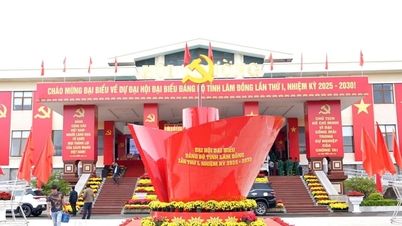

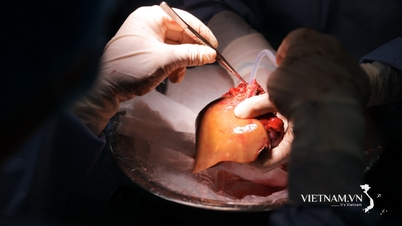













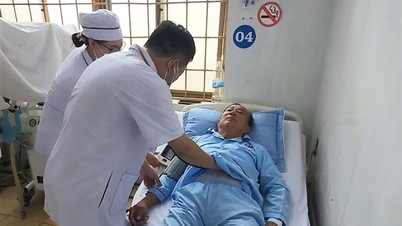
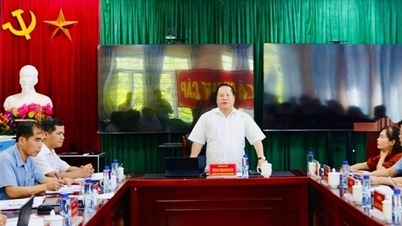
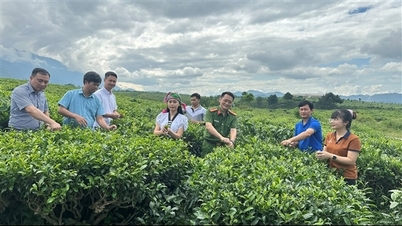



























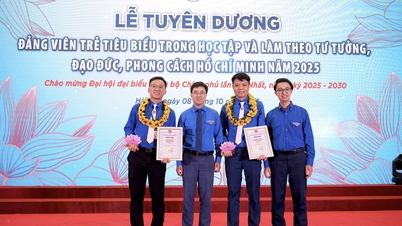







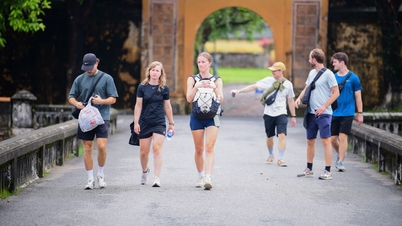


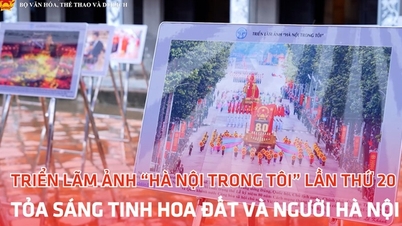
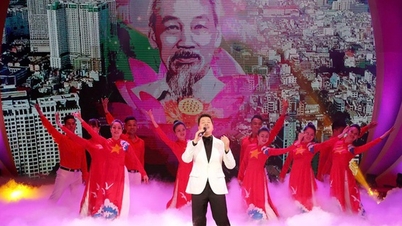


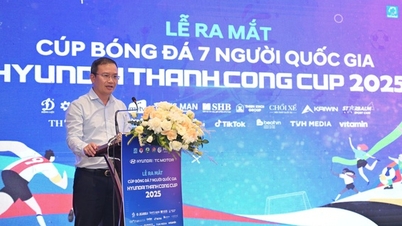
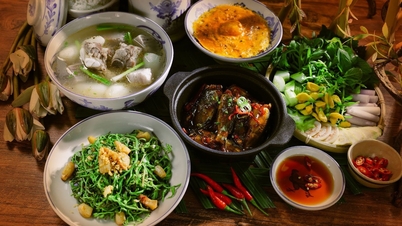

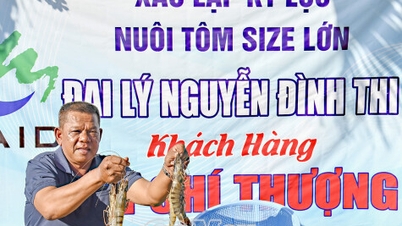

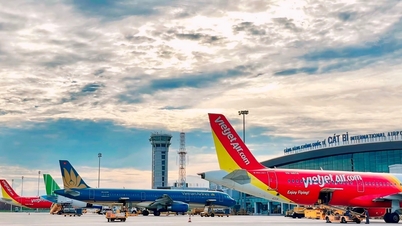
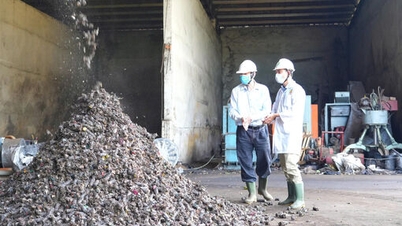

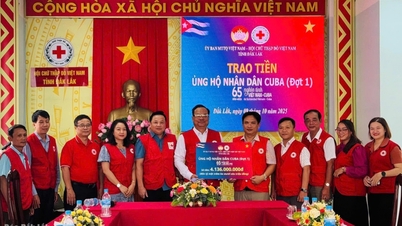














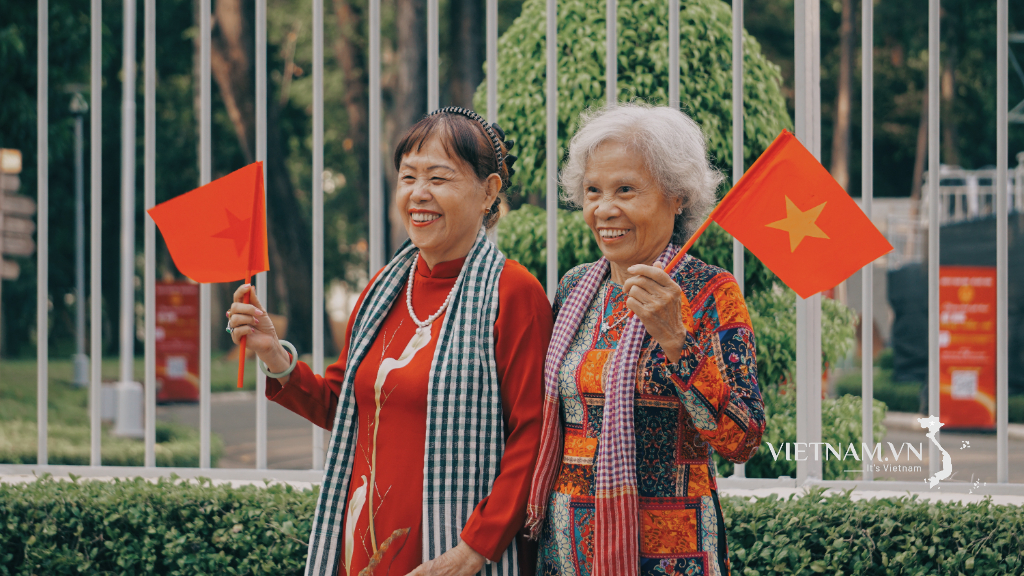


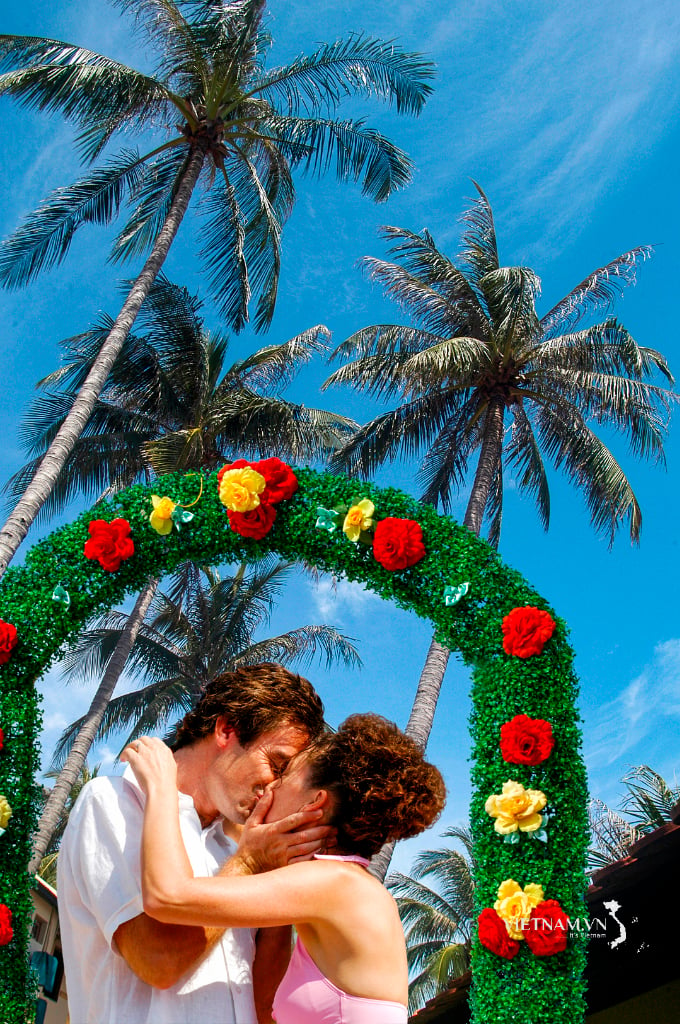
Comment (0)